Favorite Italian
Minestrone
Minestrone stands as a beacon of comfort food - a substantial, nourishing Italian soup teeming with an array of vegetables, legumes, and pasta. This timeless recipe not only tantalizes the taste buds but also offers incredible flexibility, allowing you to incorporate whatever produce is in season or available. Let's explore the world of minestrone and learn how to craft a bowl of pure comfort that will nourish both body and soul.
Chef's Notes:
- Minestrone is a robust Italian soup featuring a medley of vegetables, beans, and pasta in a rich tomato-based broth.
- This adaptable dish allows for endless variations, making it ideal for using seasonal produce and pantry staples.
- Creating minestrone from scratch yields superior flavor and nutritional value compared to pre-made versions, with the added benefit of controlling ingredients.
The Soul of Minestrone
The essence of minestrone lies in its celebration of vegetables. The foundation typically begins with onions, carrots, and celery - a trio known in Italian culinary circles as soffritto. This aromatic base sets the stage for the soup's complex flavors. From this starting point, the culinary journey can take many paths.
Tomatoes, both in canned and paste form, infuse the broth with a deep, zesty essence. Beans contribute protein and a creamy texture, while pasta or rice adds substance and bite. The true beauty of minestrone shines through its adaptability - you're free to experiment with any combination of vegetables that catches your fancy or happens to be in your kitchen.
Essential Components
To create a truly memorable minestrone, consider incorporating:
- Vegetables: Cabbage, bell peppers, peas, or butternut squash
- Beans: Borlotti, pinto, or navy beans
- Pasta: Tiny shapes like stelline, anelli, or broken spaghetti
- Aromatics: Rosemary, thyme, or a splash of balsamic vinegar
- Broth: Homemade stock or high-quality store-bought broth
The magic of an exceptional minestrone often comes from unexpected additions. A chunk of pecorino cheese simmered in the broth can impart an incredible depth of flavor. A pinch of red pepper flakes might add a subtle, warming heat.
Creating Your Perfect Minestrone
Whipping up a delectable minestrone is more straightforward than you might imagine. Here's a simple guide:
1. Gently cook the soffritto in extra virgin olive oil until tender.
2. Introduce garlic and any firm vegetables like carrots or celery root.
3. Incorporate tomato paste and crushed tomatoes.
4. Add broth, beans, herbs, and seasonings.
5. Let the mixture simmer until the vegetables reach desired tenderness.
6. Introduce pasta and cook to al dente perfection.
7. Fold in delicate greens just before serving.
The secret to a stellar minestrone lies in building layers of flavor. Begin with a savory base and gradually add ingredients, allowing each component to contribute its unique taste and texture to the mix.
Personalizing Your Minestrone
One of the greatest joys of minestrone is its versatility. Springtime might call for tender artichokes and fava beans. Summer could see the addition of sweet corn and juicy cherry tomatoes. Autumn and winter versions might showcase hearty root vegetables or robust greens.
Feel free to experiment with various legumes or grains. Lentils can add an earthy flavor, while quinoa or millet can stand in for pasta to create a unique texture. The aim is to craft a soup that's both satisfying and reflective of the current season.
Presentation Ideas
While a bowl of minestrone is a complete meal on its own, a few thoughtful additions can elevate it further. A generous sprinkle of freshly grated Parmigiano-Reggiano adds a salty, umami note. A swirl of high-quality extra virgin olive oil just before serving introduces a luxurious richness.
Pair your minestrone with a chunk of rustic sourdough bread for dipping. For an extra special touch, consider serving it in a hollowed-out bread boule. The combination of steaming soup and fresh bread creates an irresistible dining experience.
Preparation and Storage Tips
Minestrone often improves with time, as the flavors have a chance to meld and deepen. However, if you're planning to make it in advance, consider cooking the pasta separately and adding it when you're ready to serve to prevent it from becoming mushy.
This soup is an excellent candidate for freezing, making it ideal for meal preparation. Simply portion it into freezer-safe containers, omitting any pasta, and store for up to 3 months. Thaw in the refrigerator overnight and gently reheat on the stovetop, adding freshly cooked pasta if desired.
Nutritional Benefits of Minestrone
Beyond its comforting qualities, minestrone is a nutritional powerhouse. Brimming with vegetables, it's rich in vitamins, minerals, and dietary fiber. The beans provide a good source of plant-based protein and complex carbohydrates, resulting in a well-balanced meal in a bowl.
For those mindful of their calorie intake, minestrone is an excellent option. It's naturally low in fat and can be made even more waistline-friendly by reducing the pasta quantity or substituting with a whole grain alternative.
A Recipe for Inspiration
Here's a basic minestrone recipe to spark your culinary creativity:
Ingredients:
- 2 tablespoons extra virgin olive oil
- 1 yellow onion, finely chopped
- 2 medium carrots, diced
- 2 celery ribs, sliced
- 3 garlic cloves, minced
- 1 medium zucchini, cubed
- 1 russet potato, peeled and diced
- 1 can (14 oz) crushed tomatoes
- 1 can (14 oz) cannellini beans, rinsed and drained
- 6 cups low-sodium vegetable broth
- 1 cup small pasta shapes
- 2 cups baby spinach leaves
- Salt and freshly ground black pepper to taste
- Freshly grated Parmigiano-Reggiano for serving
Instructions:
1. Heat oil in a large Dutch oven. Sauté onion, carrots, and celery until softened.
2. Add garlic, zucchini, and potato. Cook for an additional 2 minutes.
3. Stir in tomatoes, beans, and broth. Bring to a boil, then reduce heat and simmer for 15 minutes.
4. Add pasta and cook until tender but still firm to the bite.
5. Stir in spinach and season with salt and pepper to taste.
6. Ladle into bowls and top with a generous sprinkle of Parmigiano-Reggiano.
Nutrition Facts (per serving, based on 6 servings)
-
- Calories: 265
- Fat: 7g
- Carbs: 42g
- Fiber: 9g
- Protein: 11g
- Sodium: 550mg
Note that these values may vary depending on specific ingredients and portion sizes.
FAQs
Is it possible to make minestrone soup suitable for vegetarians or vegans?
Certainly! Simply swap out chicken broth for vegetable broth and skip the Parmesan cheese (or use a plant-based alternative). The beans in the soup provide ample protein, ensuring a satisfying meat-free meal.
What's the best way to achieve a thicker consistency in my minestrone soup?
If you prefer a heartier soup, there are several techniques you can employ. Try adding extra tomato paste, using an immersion blender to partially puree the vegetables, or mashing some of the beans against the pot's side. Increasing the amount of pasta will also absorb more liquid, resulting in a thicker soup.
Can I substitute dried beans for canned ones in the recipe?
Absolutely, you can use dried beans, but they'll require overnight soaking and separate cooking before being added to the soup. While this method can enhance texture and flavor, it does demand more time and planning.
How long can I keep minestrone soup in the refrigerator?
When stored properly in an airtight container, minestrone soup will remain fresh for 3-4 days in the refrigerator. Keep in mind that the pasta may continue to absorb liquid over time, so you might need to add more broth when reheating.
Is it okay to add meat to my minestrone soup?
While traditional minestrone is vegetarian, there's no rule against adding meat if you desire. Diced pancetta or bacon can introduce a delightful smoky flavor, or you could incorporate some shredded chicken or small meatballs for additional protein.







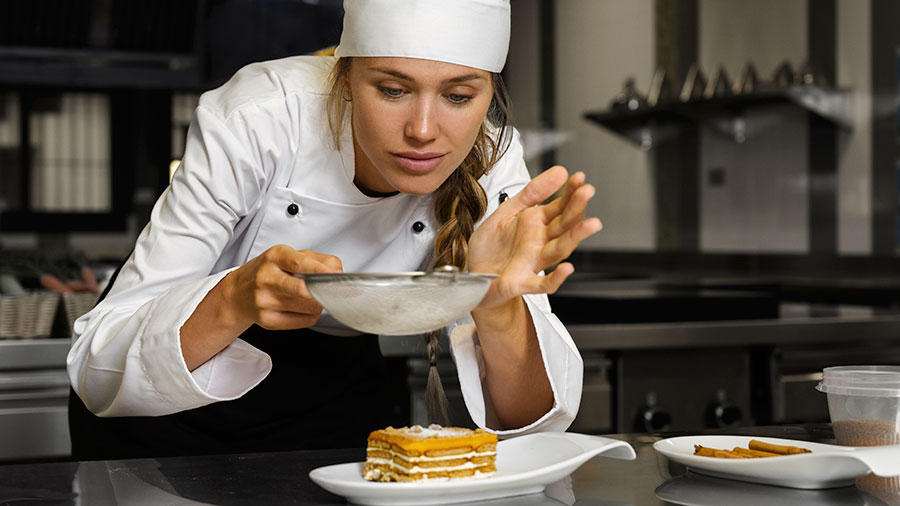

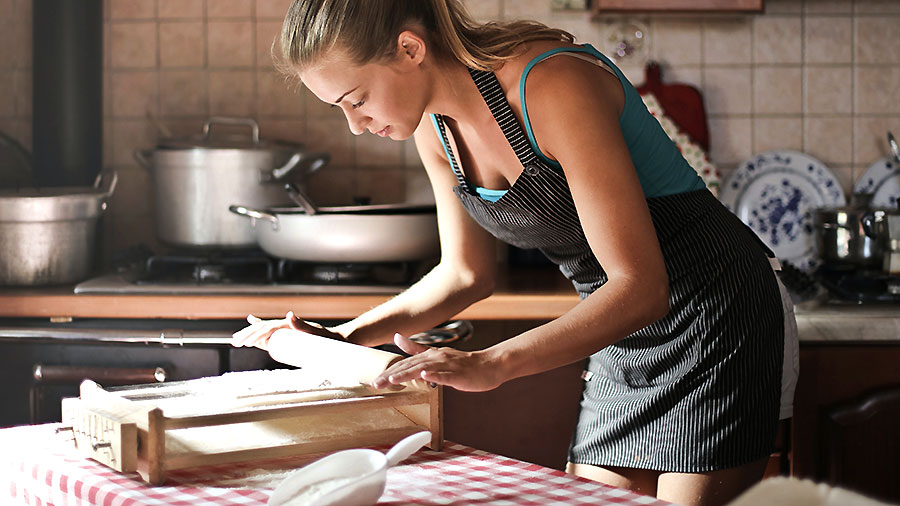

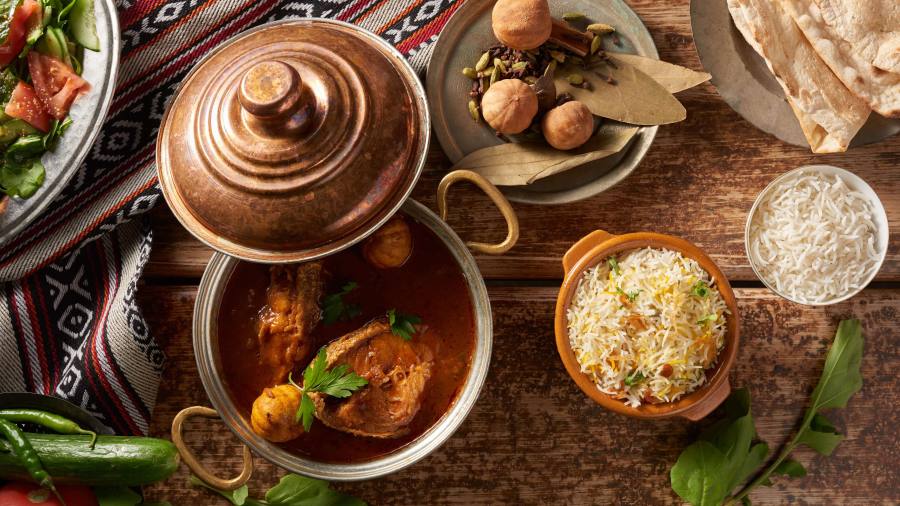













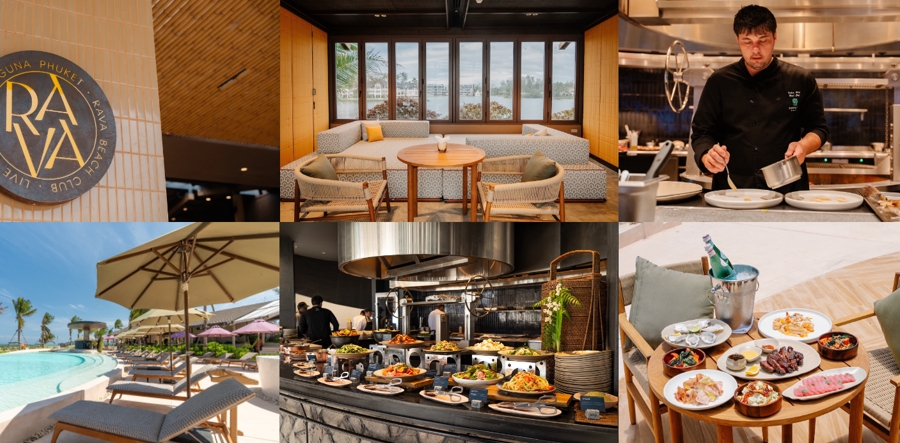
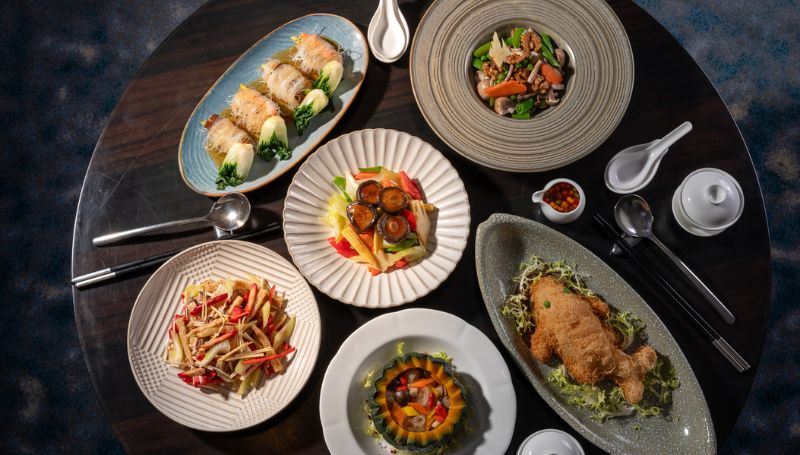


 Gastronomy Cities
Gastronomy Cities
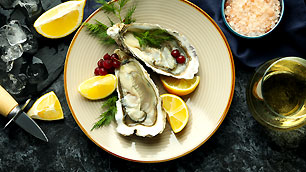 Amazing Food
Amazing Food
 Chef's Talk
Chef's Talk